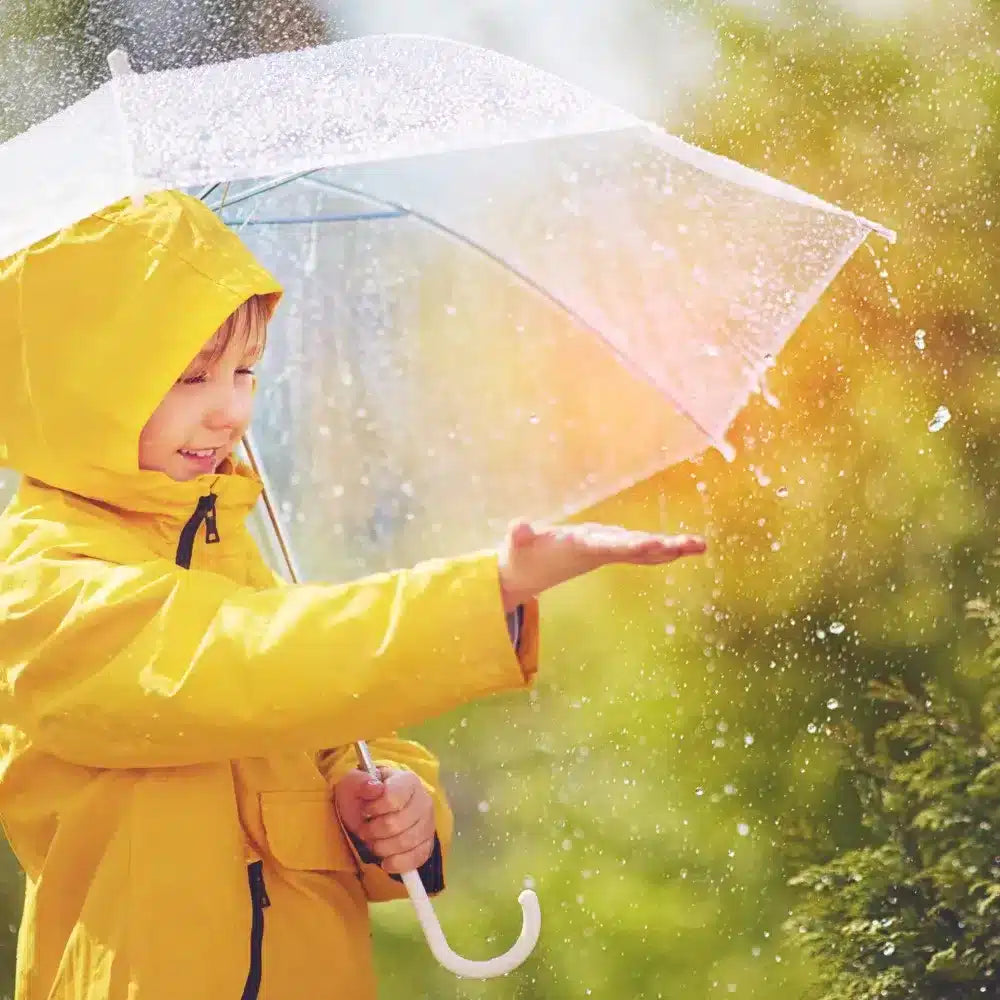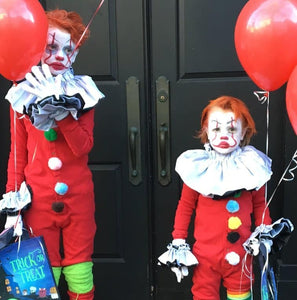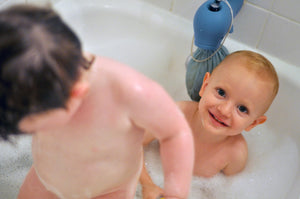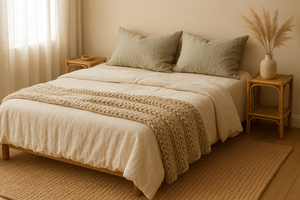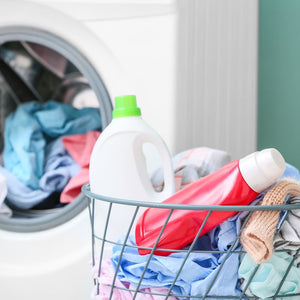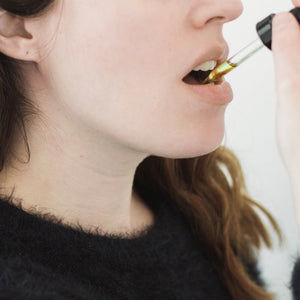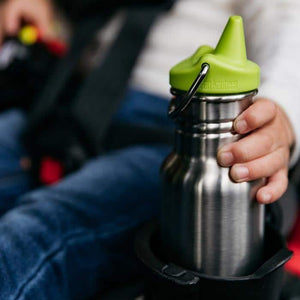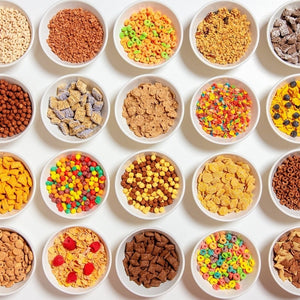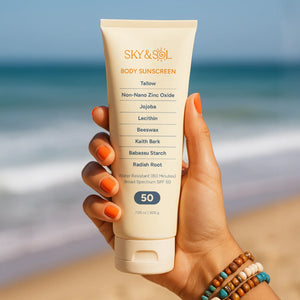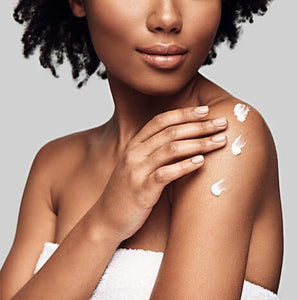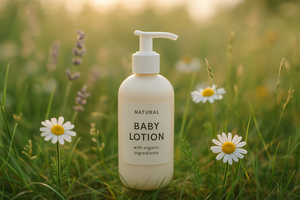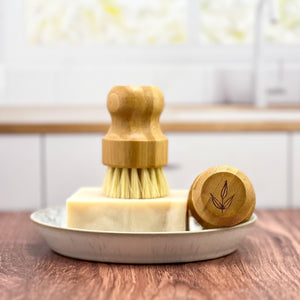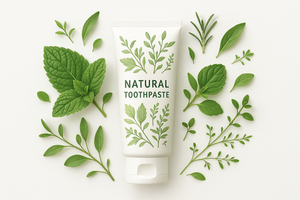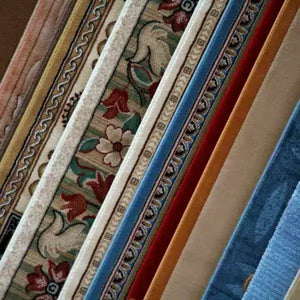It’s been a very wet April here in Brooklyn! I hate to rain on your parade, but gear like raincoats, rain pants, rain boots and umbrellas can be made with toxic materials that are bad for consumers, workers, and the environment. In the past, some studies have found worrisome stuff like heavy metals and phthalates in kids’ rain gear. Aren’t I just a ray of sunshine, as usual? 😉
Actually, there’s good news: it appears that the industry is slowly shifting to avoid the worst materials (like PVC/vinyl and toxic waterproofing treatments) in favor of safer ones. However, it makes sense to be careful about your choices of rain gear, especially what you’re buying for kids.
Read on for more information about what to watch out for in rain gear, as well as my top picks for safer rain gear for babies and kids.
What’s wrong with kids’ rain gear and boots?
Sadly, the safeguards that limit toxic substances in kids’ toys don’t apply to products like rain gear and rain boots.
Here are the most concerning materials to watch out for in rain coats, rain pants, rain boots, and umbrellas:
- Polyvinyl chloride (aka PVC or “vinyl”) is perhaps best known as the plastic material that makes those shower curtain liners that are stinky for weeks after you open them. PVC is also used to make some rain boots (like the clear, light-up ones from Western Chief) and can provide a waterproofing layer on fabric. Some raingear has PVC-sealed seams. PVC can also be used to make colorful patterns and decals on fabrics. Unfortunately, PVC is among the most toxic of plastics. From production to use to disposal, it’s bad for people, wildlife, and the environment. It contains bad stuff like endocrine-disrupting phthalates and heavy metals (cadmium and lead), and this stuff continues to leach out over time to be absorbed through skin and ingested or inhaled.

- Synthetic, petroleum-based rubber is common in rain boots. Most rain boots are a combination of natural and synthetic rubbers. Synthetic rubber is possibly less problematic than PVC, but it still contains often-undisclosed additives (most companies won’t share the details of their proprietary formulas). It’s hard to know what’s in a “rubber” boot.
- Chemicals from the family of perfluorinated chemicals (PFCs)—think Teflon and other nonstick coatings on cookware and bakeware —are also used to make waterproof fabrics because they repel water. Many PFCs are bad for people and the environment. Companies like Gore Fabrics, makers of Gore-Tex, are slowly phasing out their use of the most concerning PFCs. In the meantime, you have to watch out for them in raincoats, rain pants, and other waterproof clothing.
What’s the alternative to toxic rain gear and rain boots?
As I mentioned, the good news is that it appears that many companies that produce rain gear and rain boots are shifting away from the most toxic materials. And there are several companies deliberately making safer products for babies and kids. You also have the option of using products that aren’t technically rain gear, but that have water-resistant properties (more on that in a minute).

When shopping for rain gear, look for products that are:
- PVC/vinyl-free
- Phthalate-free
- Lead-free (and/or free from heavy metals in general)
- Free from PFC-based waterproof materials, like PTFE (aka Teflon) and PFOA (a component of Teflon and other materials)
Safer materials include:
- “Natural” rubber: We’ve been told that there’s no such thing as “100% natural rubber” boots, because some additives are necessary to make the rubber material functional, but you can find boots made primarily from natural rubber (rather than mostly synthetic rubber or PVC).
- Nylon and polyurethane fabrics can be inert (stable when not heated) and waterproof or water resistant without the need for the most concerning waterproofing materials.

